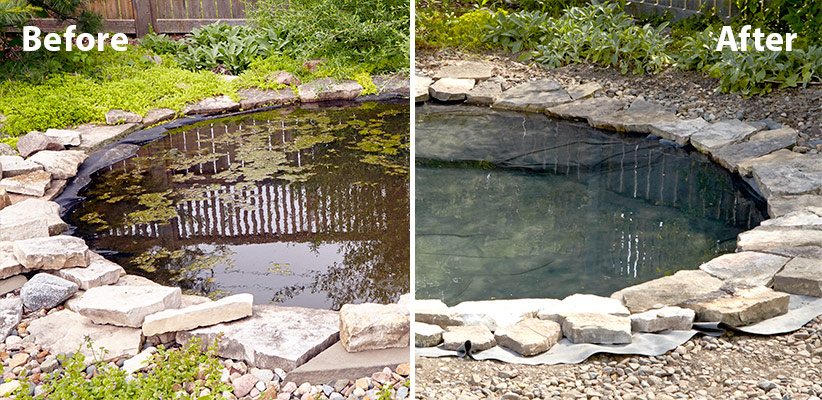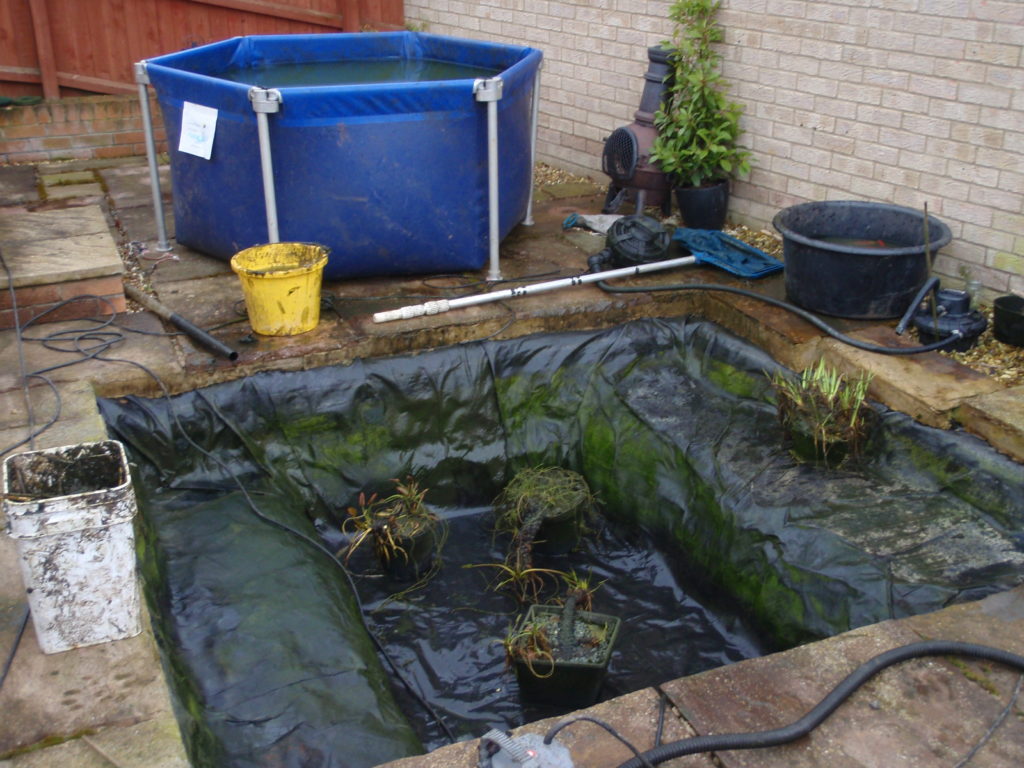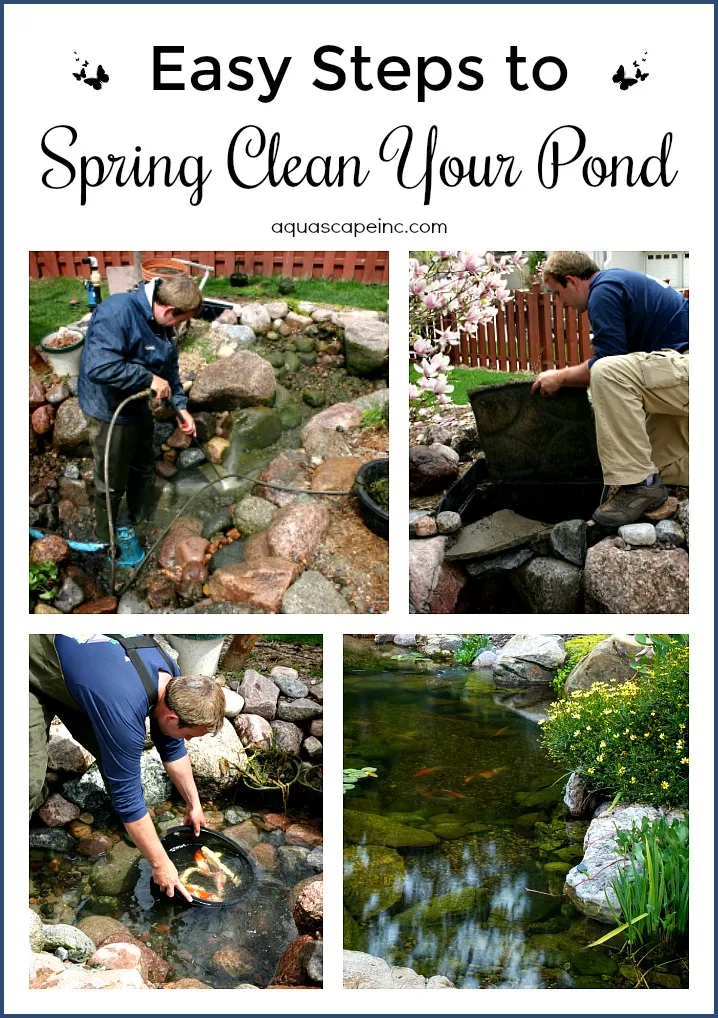Welcome to our comprehensive guide on how to clean a small pond! Whether you have a backyard pond, a garden water feature, or any other small aquatic setup, keeping it clean and well-maintained is essential for the health of the ecosystem and the beauty of your outdoor space. In this article, we will provide you with step-by-step instructions on how to effectively clean your small pond and ensure that it remains a thriving and vibrant environment for plants and aquatic life.
Why Cleaning Your Small Pond is Important
Before we dive into the cleaning process, let’s understand why it is crucial to keep your small pond clean. Over time, organic debris, algae, and other pollutants can accumulate in the water, leading to poor water quality, foul odors, and the potential for harmful bacteria to thrive. Regular cleaning helps maintain the balance of the pond ecosystem, promotes the health of aquatic plants and animals, and enhances the overall aesthetic appeal of your pond.
Tools and Equipment You Will Need
Before you begin cleaning your small pond, gather the necessary tools and equipment to make the process more efficient. Here is a list of items you will need:
- Net or Skimmer
- Pond Vacuum or Siphon
- Bucket
- Gloves
- Scrub Brush
- Pond Water Test Kit
- Water Conditioner
- Biological Pond Treatment
- Algae Scraper
- Pruning Shears

Credit: www.gardengatemagazine.com
Step-by-Step Guide to Cleaning Your Small Pond
Follow these steps to effectively clean your small pond and maintain a healthy aquatic environment:
Step 1: Remove Debris
Use a net or skimmer to remove any leaves, twigs, and other debris from the surface of the water. This will prevent the organic matter from decaying and causing water quality issues.
Step 2: Clean The Pond Pump And Filter
Turn off the pond pump and remove it from the water. Clean the pump and filter to remove any built-up debris and dirt that may be affecting its performance. Regular maintenance of the pump is essential for proper water circulation and filtration.
Step 3: Drain The Pond
If your pond has a drain feature, use it to empty the water into a safe area. If not, you can use a pond vacuum or siphon to remove the water. Be sure to save a portion of the water to preserve beneficial bacteria.
Step 4: Clean The Pond Liner
Scrub the pond liner with a brush and water to remove any algae, dirt, or mineral deposits. Avoid using harsh chemicals that can harm aquatic life. Rinse the liner thoroughly before refilling the pond.
Step 5: Trim Aquatic Plants
Trim overgrown or decaying parts of aquatic plants using pruning shears. This will promote healthy growth and prevent excess organic matter from accumulating in the pond.
Step 6: Refill The Pond
Fill the pond with fresh water, ensuring that the temperature matches the existing water to prevent shock to fish and plants. Add a water conditioner to remove chlorine and other harmful chemicals.
Step 7: Test Water Quality
Use a pond water test kit to check the pH, ammonia, nitrite, and nitrate levels in the water. Adjust the water parameters as needed to create a healthy environment for aquatic life.
Step 8: Add Biological Pond Treatment
Introduce a biological pond treatment to help break down organic waste, reduce algae growth, and maintain water clarity. Follow the manufacturer’s instructions for the correct dosage.
Step 9: Monitor And Maintain
Regularly monitor the water quality, filter performance, and overall condition of your small pond. Perform routine maintenance tasks such as debris removal, filter cleaning, and water testing to ensure a clean and balanced ecosystem.
Tips for Maintaining a Clean Small Pond
Here are some additional tips to help you maintain a clean and healthy small pond:
- Install a Pond Skimmer: A pond skimmer helps remove debris from the surface of the water before it sinks to the bottom.
- Use Beneficial Bacteria: Beneficial bacteria products help break down organic waste and reduce nutrient levels in the water.
- Provide Shade: Adding aquatic plants or installing a shade sail can help reduce algae growth by limiting sunlight exposure.
- Avoid Overfeeding Fish: Overfeeding fish can lead to excess waste and poor water quality. Feed fish sparingly and remove any uneaten food.
- Regular Maintenance: Schedule regular cleaning and maintenance tasks to prevent the buildup of debris and algae in your pond.

Credit: anypond.com
Conclusion
Cleaning a small pond may seem like a daunting task, but with the right tools, techniques, and regular maintenance, you can easily create a clean and thriving aquatic environment in your outdoor space. By following the steps outlined in this guide and implementing the tips for maintenance, you can enjoy a beautiful and healthy pond for years to come.




